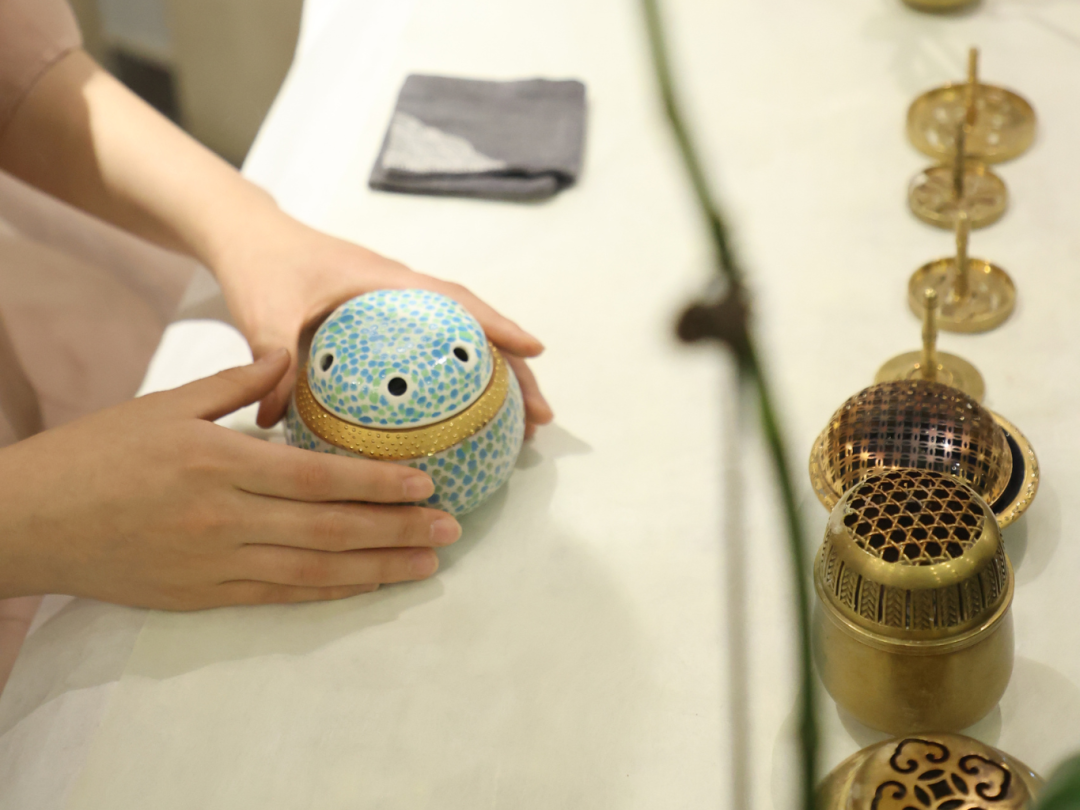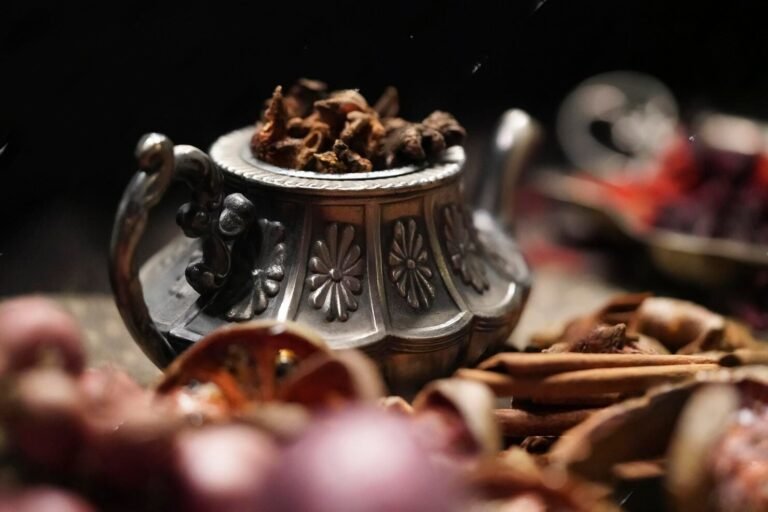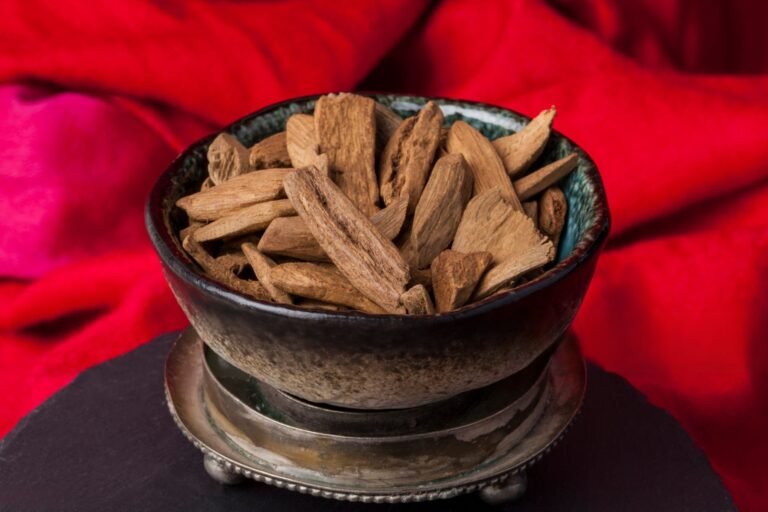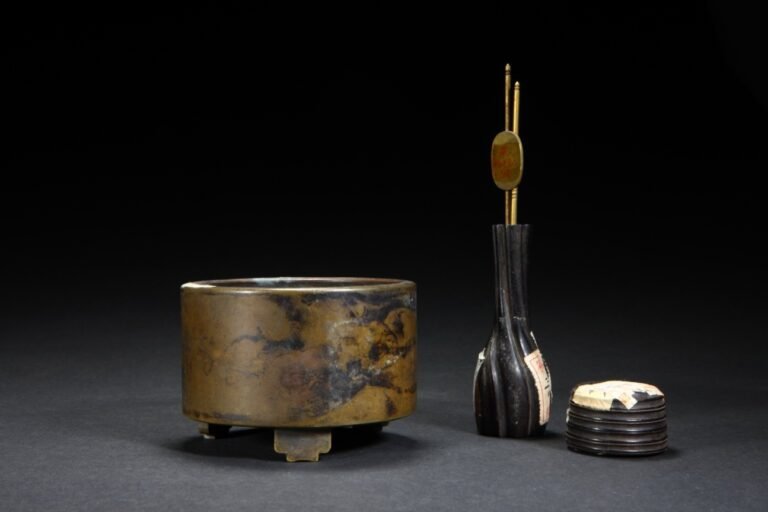Introduction: Agarwood, a Condensation of Heavenly and Earth’s Essence
In the “Seeking the Source of Botanical Medicines”, it’s described that “Flored with pure yin Yang energy of the south, and nurtured with the moisture of rain and dew, it congeals in rotting wood. Its essence is stout and its quality superior, exterior rough but interior refined, it embodies the essence of heaven and earth, transforming mundane impurities into fragrance. A rare and difficult-to-obtain treasure.”
Sandalwood, having endured the test of millennia under the wind and rain, is imbued with the spirits of heaven and earth, and the essence of the sun and moon, making it a jewel among fragrances. Not just a physical substance, it’s a symbol of culture, carrying the spirit and wisdom of the Chinese nation.
The Generation of Frankincense: Nature’s Wonder
The production of incense wood is a true marvel of nature. It requires specific tree species, suitable climatic conditions, and external damage (such as lightning strikes, insect infestation, etc.), which can take hundreds or even thousands of years to achieve the highest quality. This scarcity makes incense wood the “crown jewel” of spices, cherished by people worldwide.
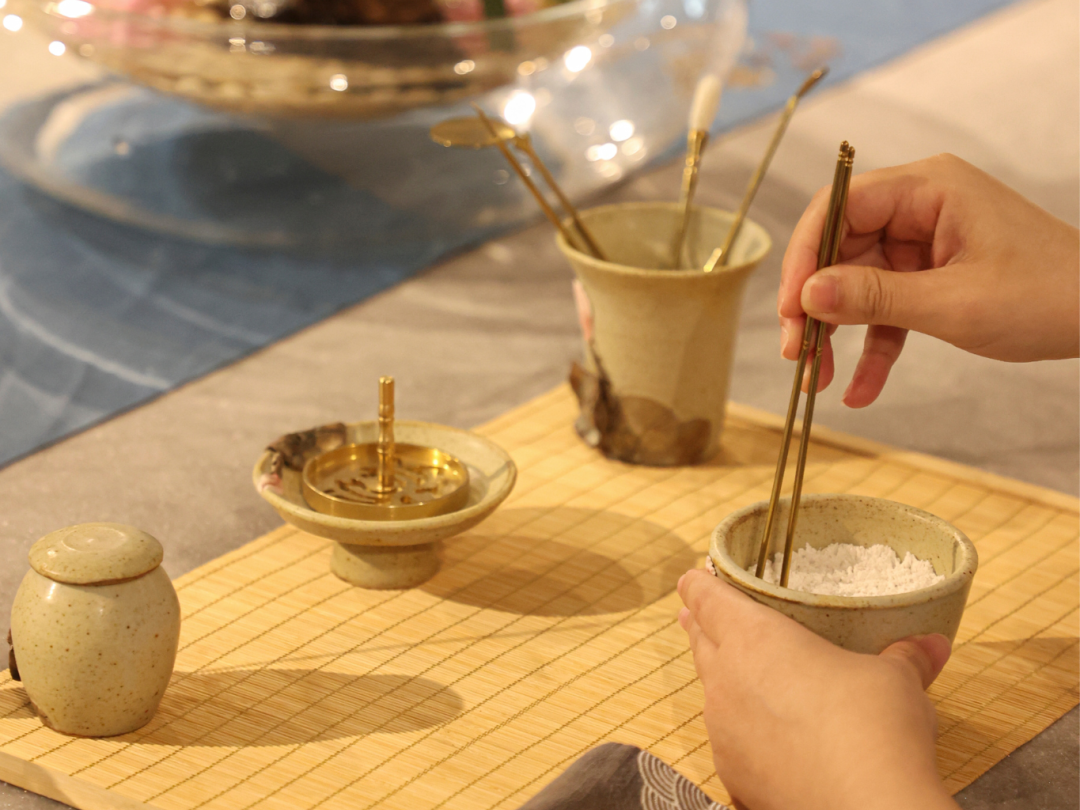
Frankincense and Religion: Harmony of Zen, Qi, and Ritual
A single incense flame,
Buddhists perceive it as meditation,
Taoists see it as qi,
Rituals are what Confucians recognize in it.
Sandalwood is not merely a spice, it serves as a bridge between religion and culture. In Buddhism, sandalwood is regarded as a conduit for spiritual connection, often used in worship and meditation; in Daoism, it symbolizes pure yang energy, used in rituals and health preservation; in Confucian culture, sandalwood represents etiquette and cultivation, serving as a spiritual anchor for scholars and connoisseurs.
Frankincense’s History: From Royal Perfume to the Beloved of Literati
- Western Han Dynasty: Emperor Wu of Han and the Origins of Frankincense:During the reign of Emperor Wu of Han, the Silk Road’s establishment led to the introduction of Frankincense to central China. Emperor Wu burned Frankincense to alleviate a plague in the royal palace, marking the beginning of its extensive use among the imperial court.
- Three Kingdoms Cao Cao’s Legacy of Frankincense :Prior to his death, Cao Cao left behind a small bundle of Frankincense for each of his consorts, instead of traditional wealth. This act not only underscores the value of Frankincense but also reflects the admiration for it among the nobility during that era.
- Southern Dynasty: Liang Wu Emperor and Frankincense for Heavens :Liang Wu Emperor chose to use Frankincense in rituals for the heavens, setting the precedent for such practice. Believing that Frankincense was a pure yang substance that could ascend to heaven and bring blessings to the masses, he initiated this tradition.
- The Sui Dynasty:Emperor Yang’s Lavish Incense Usage:Emperor Yang of the Sui Dynasty burned hundreds of carriages of agarwood on New Year’s Eve, the fragrance permeating the entire city of Luoyang. His extravagant use of incense not only showcased the power of the state, but also made agarwood a symbol of imperial and aristocratic status.
- The Tang Dynasty: The Dominion of Incense:The Tang Dynasty marked a peak in the use of incense. Incense was used during court gatherings, sacrifices, and reading of official reports. It became an indispensable part of the imperial lifestyle. Emperor Taizong burned large quantities of fragrant woods during festivals, with the fragrance spreading hundreds of miles. The consort Yang Guifei was known for bathing and wearing fragrances, earning the title of the “Incense Empress.”
- The Song Dynasty: The Spiritual Significance of Incense: In the Song Dynasty, the spiritual significance of incense was widely promoted by literati. They used incense to construct a world of tranquility and serenity, resisting external pressures. Incense became a spiritual sanctuary for scholars, symbolizing purity and refinement.
- Ming and Qing Dynasties: Preservation and Innovation of Incense:The Ming Dynasty’s Emperor Hongzhi used agarwood to construct a picturesque mountain, with intricate craftsmanship considered a masterpiece. Emperor Qianlong used agarwood to carve lions for Mountain Tai worship, showcasing the unique status of agarwood within the imperial courts.
Frankincense’s Culture: From ‘The Book of Songs’ to ‘Dream of the Red Chamber’
Chinese incense culture has a long and profound history, with incense as an essential part, carrying deep cultural connotations. It can be found everywhere from “The Book of Songs” to “Dream of the Red Chamber”. Scholars like Liu Xiang, Li Shangyin, Su Shi, Huang Tingjian, Zhu Xi, Wen Zhengming, and Ding Wei, among others, have left behind a wealth of poetry and prose about incense. Incense is not just a material fragrance, but a spiritual fragrance, symbolizing purity, elegance, and wisdom.
The Rise and Fall of Frankincense: From Greatness to Near Extinction
Sandalwood culture emerged in the Spring and Autumn period, flourished during the Han Dynasty, reached its zenith in the Tang Dynasty, boomed in the Song Dynasty, and gained wide popularity in the Yuan and Ming Dynasties. However, amid the upheavals and transformations of society, by the late Qing Dynasty, sandalwood culture nearly disappeared. It was only in the modern era, with the stabilization and wealth of society, that incense culture began to revive gradually. The rise and fall of sandalwood, not only reflects the evolution of incense culture, but also serves as a miniature portrayal of social history.
Frankincense’s Global Reach: From Ancient Egypt to Modern Revival
Frankincense is not only highly esteemed in China, but it has also had a widespread influence across the world. Ancient civilizations such as Egypt, Persia, Greece, Rome, and Latin America were birthplaces of the incense culture. As time has passed, the origin of incense use has been gradually forgotten, but the cultural value of frankincense has never waned. Today, as the incense culture experiences a revival, frankincense has once again become a focal point of attention.
Conclusion: Agarwood, the Keeper of Thousand-Year Culture
Scented osmanthus, embodying the essence and nurturing of heaven and earth, bears the imprint of a thousand-year history and culture. More than just a premium ingredient in fragrances, it symbolizes the spirit of the Chinese nation. From being the fragrance of emperors to the inspiration of scholarly gentlemen, scented osmanthus has witnessed the rise and fall of history, as well as the passing on of culture. Now, as the revival of incense culture blossoms, scented osmanthus is revitalized, serving as a bridge connecting the past to the future.
